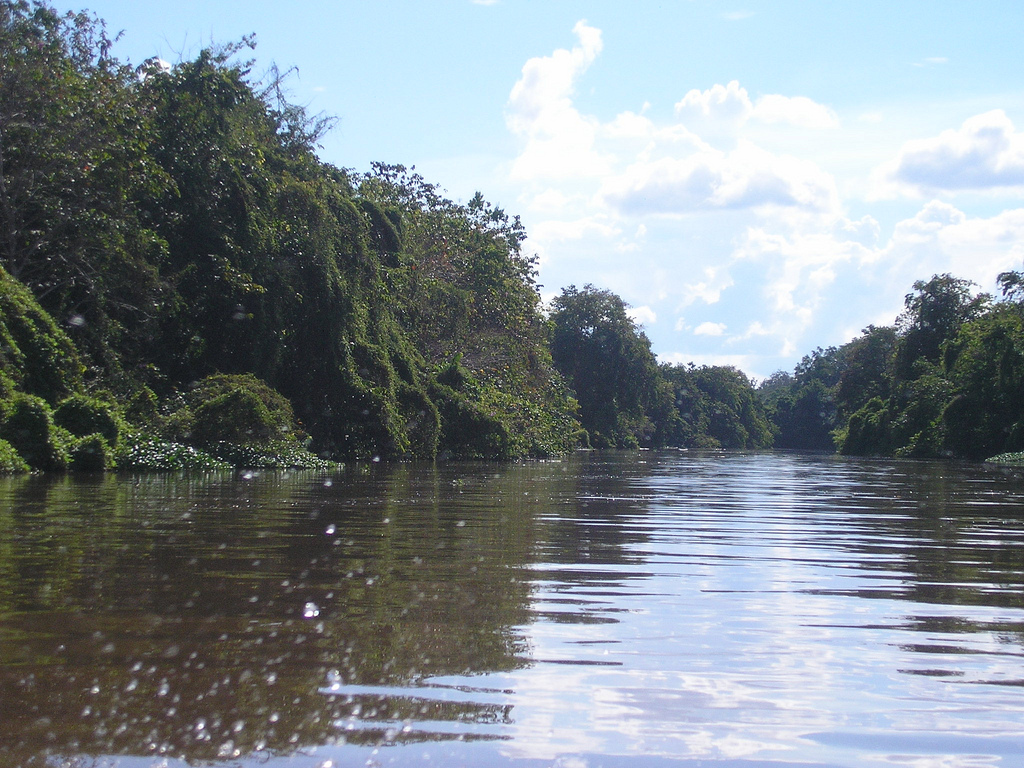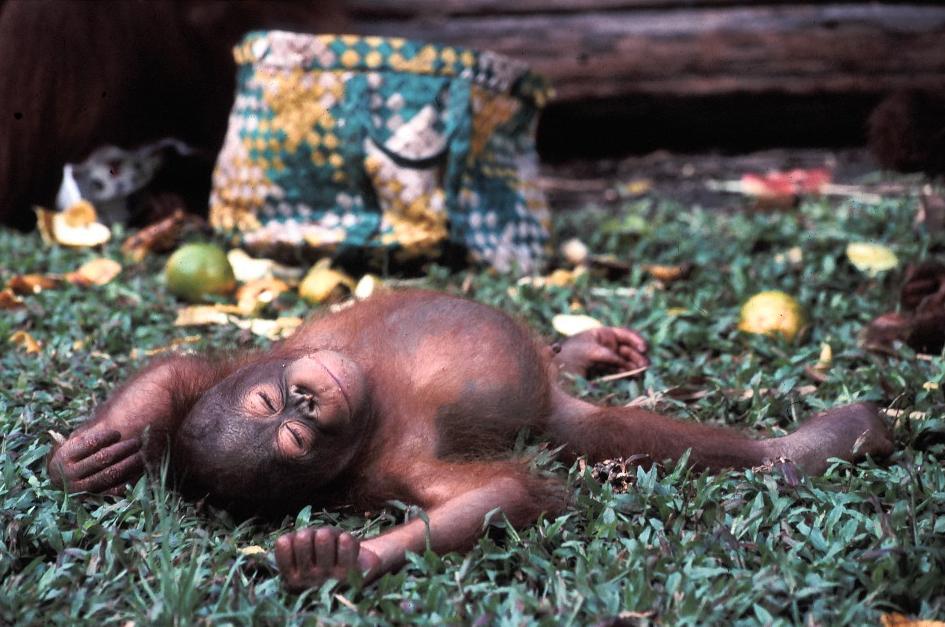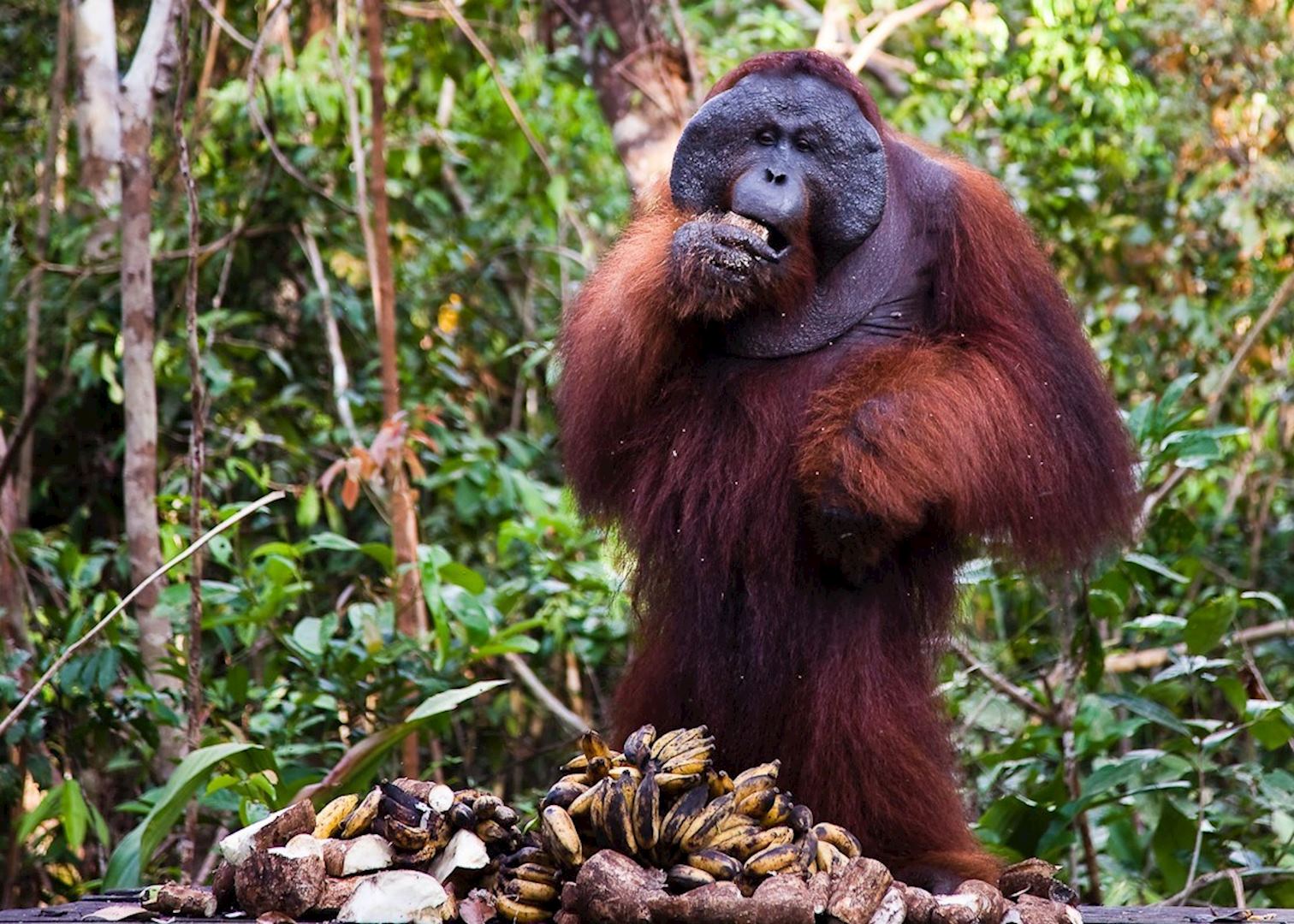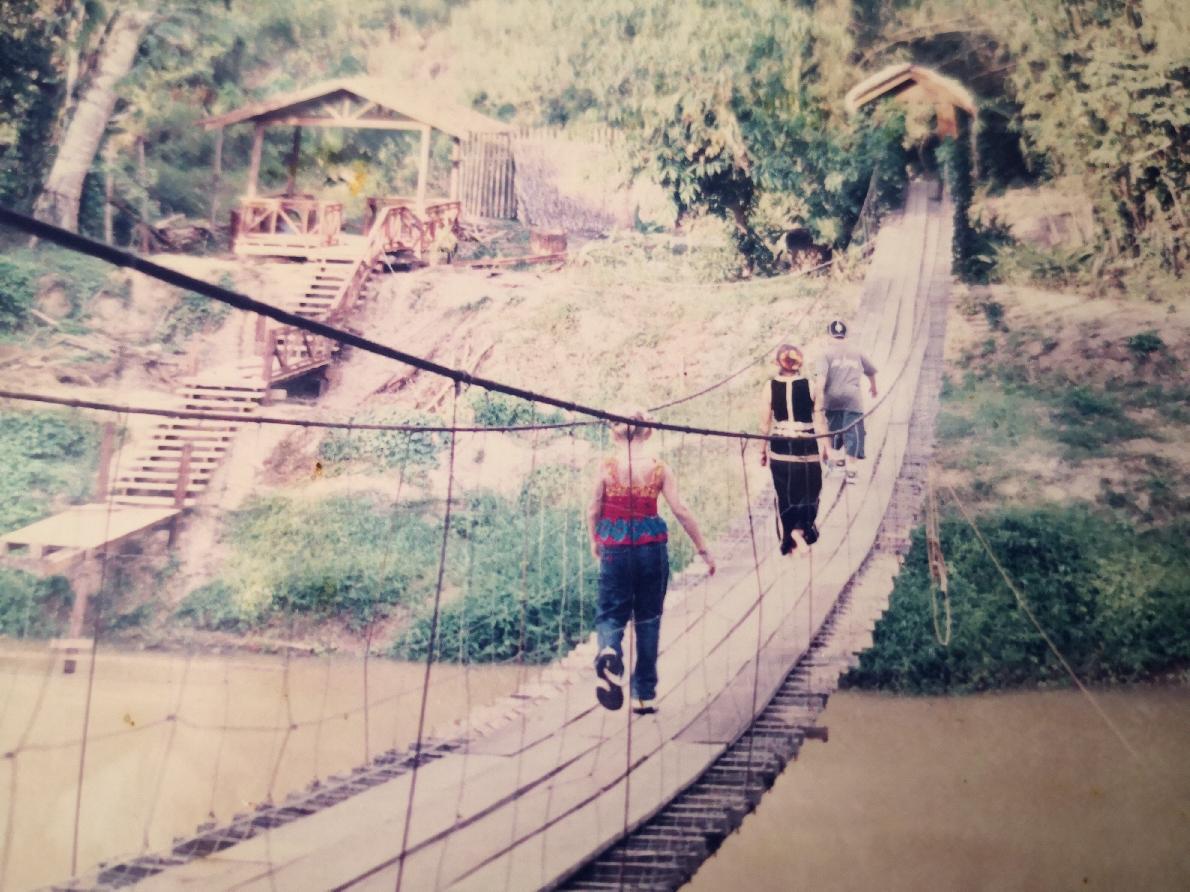
AsianOverland.net
Tour Guide - Itinerary
Asian Overland Sydney to London
Started 22/06/2022 Finished 21/06/2023365 Days ITINERARY
Day 41 date 01/08/2022JAKARTA to SANDAKAN, SABAH, BORNEO
ASIANOVERLAND.NET SYDNEY TO LONDON DAY 41: JAKARTA TO SANDAKAN, SABAH, BORNEO
Borneo is shared between three countries, Brunei, Indonesia (Kalimantan) and Malaysia (Sarawak, Sabah and the Federal Territory of Labuan). Borneo is the third-largest island in the world, and its rainforests and jungles have historically been nearly impenetrable, even for the indigenous peole who have lived in Borneo for more than 40,000 years.
We lived in Borneo for 12 years, built our home there, two of our children went to primary and high school in Malaysia and Brunei (Jeradong International School, where Ursula was head girl), and met many wonderful local and indigenous (Bumiputera) people, who welcomed us into their hearts and homes. It was incredibly moving to be welcomed into indigenous, Kadazan, Dayak, Iban, Dusan, Murut, Malay, Chinese and Indian homes and long houses, from the east to west coast, and from the north to south of Borneo.
The Borneo itinerary I outline here as part of a Sydney to London overland, demonstrates how you can travel overland through the wonderful island of Borneo, as we did as local residents and travellers. But historically, it was impossible to travel overland through or across Borneo, as there were no roads. The indigenous people were mainly divided into sea people, river people and up-river (interior) people, who used the Borneo rivers as roads. They were fierce headhunters, strictly divided into tribal groups who often required a head from their enemies/neighbouring tribe as part of their initiation into manhood.
There was no known track from the east coast to the west coast until the brutal Japanes occupiers used Australian, British and Allied Prisoners of War as slave labour on the infamous Sandakan Death March during World War 11.
The Borneo rainforest is one of the oldest rainforests in the world, at around 140 million years old. It is the centre of the evolution and distribution of many endemic species of plants and animals, and is one of the few remaining natural habitats for the endangered Bornean orangutan. On the outskirts of Sandakan is 43 sq km of protected land at the edge of Kabili Sepilok Forest Reserve, which was turned into a rehabilitation site for orangutans, the Sepilok Orangutan Rehabilitation Centre. The rainforest is wonderful place to walk, and you can hear the "whoosh!" of groups of orangutan moving through the trees, even if they are not yet visible. Sepilok is a compulsory photo-stop for any visitor to Sandakan, as 80 orangutans are living independently in the reserve, and about 25 orphaned orangutans live in the nurseries. If you can’t visit, consider making a donation to a very worthy cause.
Borneo is an important refuge for many other endemic forest species, including the Borneo elephant, the eastern Sumatran rhinoceros, the Bornean clouded leopard and the dayak fruit bat.
Peat swamp forests occupy the entire coastline of Borneo, and are the home of various bird species including the hook-billed bulbul, helmeted hornbill and rhinoceros hornbill.
There are about 15,000 species of flowering plants, 3,000 species of trees, 221 species of terrestrial mammals and 420 species of resident birds in Borneo. There are about 440 freshwater fish species in Borneo, including the Borneo river shark, which is only found in the mighty Kinabatangan River.
Some of the oldest evidence of Hindu presence in Southeast Asia, are 4th century stone pillars in East Kalimantan/Borneo bearing inscriptions in the Pallava script of South India.
According to old Chinese records, the western coastal towns of Borneo were established trading ports by 977 AD, when the Chinese were using the term Bo-ni to refer to Borneo. In Chinese manuscripts, the most valuable trading items from Borneo included gold, camphor, tortoise shells, hornbill ivory, rhinoceros horn, crane crest, beeswax, rattan, edible bird's nests and various spices.
The Indians named Borneo “the land of gold” and “Camphor Island”. The Javanese named Borneo “Diamond Island”. The Sarawak river delta in south-west Borneo was a thriving centre of trade between India and China from the 6th century until about 1424, when the Chinese stopped the voyages of their treasure ship fleets.
The religion of Islam entered Borneo in the 10th century, following the arrival of Muslim traders who later converted many indigenous people in the coastal areas.
By the 14th century, Borneo became a vassal state of Majapahit (from Java), and subsequently changed its allegiance to the Ming dynasty of China.
Pre-Islamic Sulu stretched from the Sulu archipelago in the Philippines to Sabah and Kalimantan in Borneo. The Sulu empire started as a rebellion and reaction against former Majapahit Imperialism against Sulu.
The Sultanate of Brunei declared independence from Majapahit following the death of the Majapahit emperor in the mid-14th century. During its golden age from the 15th to the 17th centuries, the Bruneian sultanate ruled almost the entire coastal area of Borneo, lending its Brunei/Borneo name to the entire island.
During the 1450s, Shari'ful Hashem Syed Abu Bakr, an Arab born in Johor, arrived in Sulu from Malacca. In 1457, he founded the Sultanate of Sulu on the northern coast of Borneo, including Sandakan. Following independence in 1578 from Brunei's influence, Sulu began to expand its control to other parts of northern Borneo. Both of the sultanates who ruled northern Borneo engaged in trade with China by means of the frequently-arriving Chinese junks.
© This work is copyright. Apart from any use permitted under the Copyright Act 1968, no part may be reproduced by any process, nor may any other exclusive right be exercised, without the permission of Peter Searle, peter@portseavillageresort.com; 1980-2024.
Website built by Justin O’Dea www.webdeveloperdocklands.com.au
















